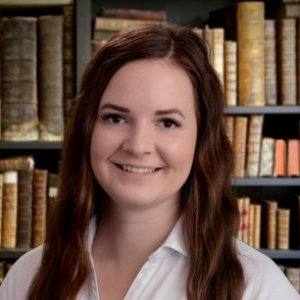Title : Early intervention strategies during immobilization of distal radius fractures
Abstract:
Neuromuscular electrical stimulation (NMES) and mirror therapy (MT) cost effective interventions that could be applied at home and don’t require physical movement of the affected extremity. Distal radius fractures (DRFs) require immobilization for six weeks. NMES and MT could be applied during casting for DRFs as a preventative strategy to mitigate the resulting impairments from disuse (i.e. pain, reduced function, strength, and range of motion). The aim of this mixed methods study is to determine the feasibility of in home NMES, MT and NMES+MT interventions during immobilization for DRF. Participants were randomly assigned to the NMES, MT, NMES+MT, or control group. The interventions were 10-minute sessions, three times a day, five days a week for the last three weeks of immobilization. Secondary outcomes include pain, range of motion, function (Patient-Rated Wrist Evaluation; PWRE), and grip strength. The recruitment rate was 59% with 85% adherence to interventions and 92% attendance to follow up visits. Six themes identified from the transcripts include it’s a win win situation, setting expectations and building confidence, shock and awe, accommodations for an easy commitment, time is limited, and roadblocks to engagement. Facilitators for these interventions are participants that are advocates for research, had flexible schedules, and all the intervention equipment was provided. The main barriers discussed were transportation for on-site visits and the time commitment. Participants reported the time commitment to the interventions during the immobilization period appeared to reduce the time commitment to rehabilitation after the cast was removed, improve outcomes, and timelines to return to activities. At 8-weeks post-DRF, the relative grip strength was 56% for MT, 56% for NMES, 51% for MT+NMES and 31% for the control group. At 8-weeks post-DRF, the PRWE scores were 42 for MT, 58 for NMES, 35 for MT+NMES and 63 for the control group. Participants reported engaging in the interventions during the immobilization period appeared to reduce the time commitment for rehabilitation after their cast was removed, improve outcomes, and timelines to return to activities. Participants recommend that these interventions become more widely available and that all DRF patients should do it if they can. The 8-week values for the early intervention groups are comparable to previous reports for PRWE and grip strength at three months and one year, respectively1,2. In home NMES, MT and NMES+MT interventions are feasible during the last three weeks of the immobilization period for conservatively managed distal radius fractures. Participants recommend that these interventions become more widely available and that all DRF patients should do it if they can.
What will audience learn from your presentation?
- In-home MT, NMES, MT+NMES protocols to be applied during the casting period for DRF.
- The feasibility of MT, NMES, MT+NMES interventions for DRF during casting
- Patient perspectives of the MT, NMES, MT+NMES interventions
- This will help the audience in considering a preventative treatment option that has promising preliminary evidence that these early interventions are feasible, effective at mitigating immobilization induced impairments from casting a DRF and facilitate recovery timelines. These inventions may be able to get DRF patients back to work and recreational activities faster.




